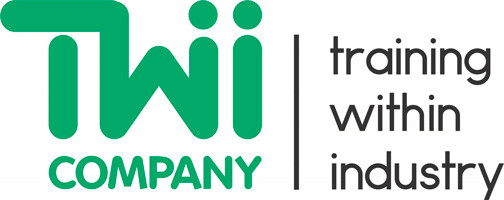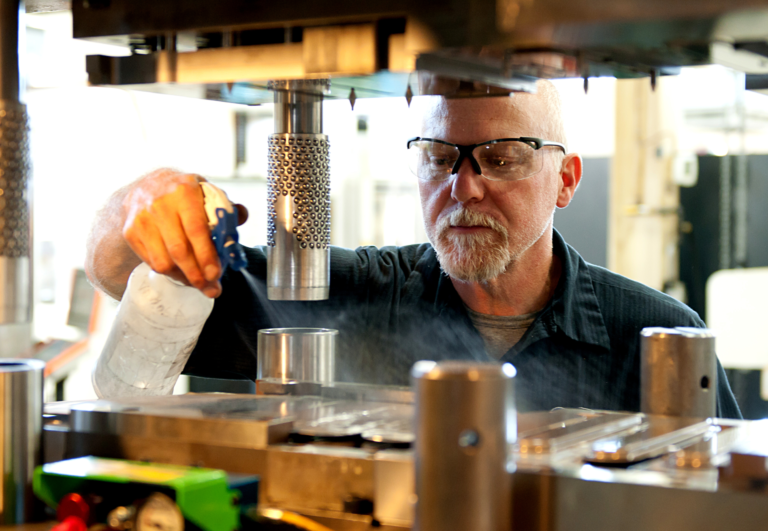Training Within Industry (TWI): explanation, model and method
The knowledge and experience of employees build the most important working capital a company possesses. Human actions largely determine what goes right and wrong on the workfloor. The ideal scenario: a method that not only ensures uniform and standardized working practices and a way of working supported by the entire organization, but also minimizes the…





